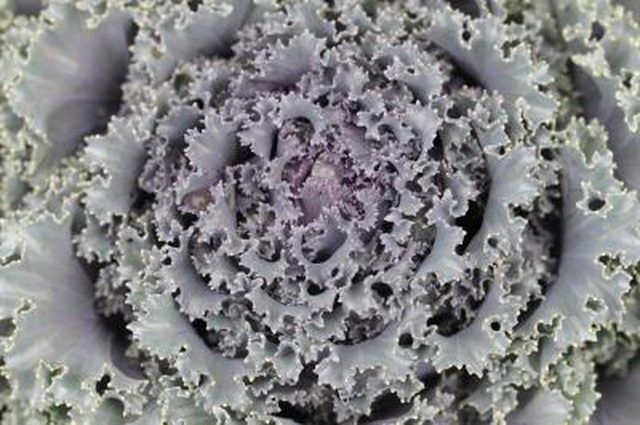Bulbs
Flower Basics
Flower Beds & Specialty Gardens
Flower Garden
Garden Furniture
Garden Gnomes
Garden Seeds
Garden Sheds
Garden Statues
Garden Tools & Supplies
Gardening Basics
Green & Organic
Groundcovers & Vines
Growing Annuals
Growing Basil
Growing Beans
Growing Berries
Growing Blueberries
Growing Cactus
Growing Corn
Growing Cotton
Growing Edibles
Growing Flowers
Growing Garlic
Growing Grapes
Growing Grass
Growing Herbs
Growing Jasmine
Growing Mint
Growing Mushrooms
Orchids
Growing Peanuts
Growing Perennials
Growing Plants
Growing Rosemary
Growing Roses
Growing Strawberries
Growing Sunflowers
Growing Thyme
Growing Tomatoes
Growing Tulips
Growing Vegetables
Herb Basics
Herb Garden
Indoor Growing
Landscaping Basics
Landscaping Patios
Landscaping Plants
Landscaping Shrubs
Landscaping Trees
Landscaping Walks & Pathways
Lawn Basics
Lawn Maintenance
Lawn Mowers
Lawn Ornaments
Lawn Planting
Lawn Tools
Outdoor Growing
Overall Landscape Planning
Pests, Weeds & Problems
Plant Basics
Rock Garden
Rose Garden
Shrubs
Soil
Specialty Gardens
Trees
Vegetable Garden
Yard Maintenance
How to Grow Collard Greens
How to Grow Collard Greens. Collard greens (Brassica oleracea) define hardiness; they thrive in U.S. Department of Agriculture plant hardiness zones 2 through 10, benefit from a nip of frost near the end of the cold-weather growing season, and fight off diseases and bacteria well enough that you rarely have to use more than organic control methods....

Collard greens (Brassica oleracea) define hardiness; they thrive in U.S. Department of Agriculture plant hardiness zones 2 through 10, benefit from a nip of frost near the end of the cold-weather growing season, and fight off diseases and bacteria well enough that you rarely have to use more than organic control methods. Ease of growth doesn't mean you can simply toss some seeds on frozen ground and expect a bounty, though. But if you grow collards in their optimal temperature range of 45 to 85 degrees Fahrenheit in full sun and keep them moist, you'll have a harvest in about 80 days.
Feeding Regimen
Collard greens are slight feeders with root systems that can grow 2 feet deep in well-draining soil. Quality plant-based compost provides the nutrient balance collards need -- about 2.5-0.5-2.0 NPK -- but you have to work it in at least 1 foot deep as soon as the soil warms up enough to dig in the spring. If your soil has poor fertility, side dress the collard greens six weeks after planting, keeping the compost about 1 inch from the bases of the plants. You can also spray the foliage on both sides with a ready-to-use seaweed extract every 30 days during the growing season.
Watering Requirements
Water requirements for collards are like their need to feed -- minimal. If you have annual cool-season rains, collards will get enough natural irrigation to keep them going through the growing season, but you still want to check the depth of moisture to make sure it's always moist to a depth of 1 inch. Mulch the plants with bark mulch or wood chips, keeping it 1 inch away from the bases, after they grow to 4 to 6 inches tall. If you live in a dry area, water once a week; maintain a 1-inch depth of moistness throughout the growing season, checking frequently when the plants start to leaf out. Over-irrigation of collards invites the rot family of diseases and the cultivation of bacteria, so don't let the plants get waterlogged. Collards tolerate humid environments, but don't disturb the leaves when they're moist to minimize the spread of fungal spores.
Thinning and Pruning
Collard greens keep to themselves in the garden, and require little pruning. Keep an eye out for weeds, pulling them by hand as needed. If weeds become a problem, cultivate them out with a hoe. Thin the collards 18 inches apart when they reach about 6 inches tall; snip the stems to minimize stress on the roots using sterilized hand pruners.
Common Diseases and Pests
Although collard greens aren't impervious to disease, you usually only need a low-toxicity organic fungicide for treatment. If you notice brown or dark spots on the leaves, leaf drop, or wilting and spots, spray the foliage on both sides with ready-to-use 10 percent copper octanoate every 10 days until it the symptoms subside. Collard greens are a paradise for chewing insects like leafhoppers and cabbage loopers. You'll find aphids, too, but you can usually spray them off with a hose if you find them in quantity. If you find irregular, ragged holes in the leaves, spray them on both sides once a week with 2 to 4 teaspoons mixed in a gallon of water of 15 percent bacillus thuringiensis, kustacki strain. You can also pick cabbage loopers and other caterpillars off the leaves and squash them.